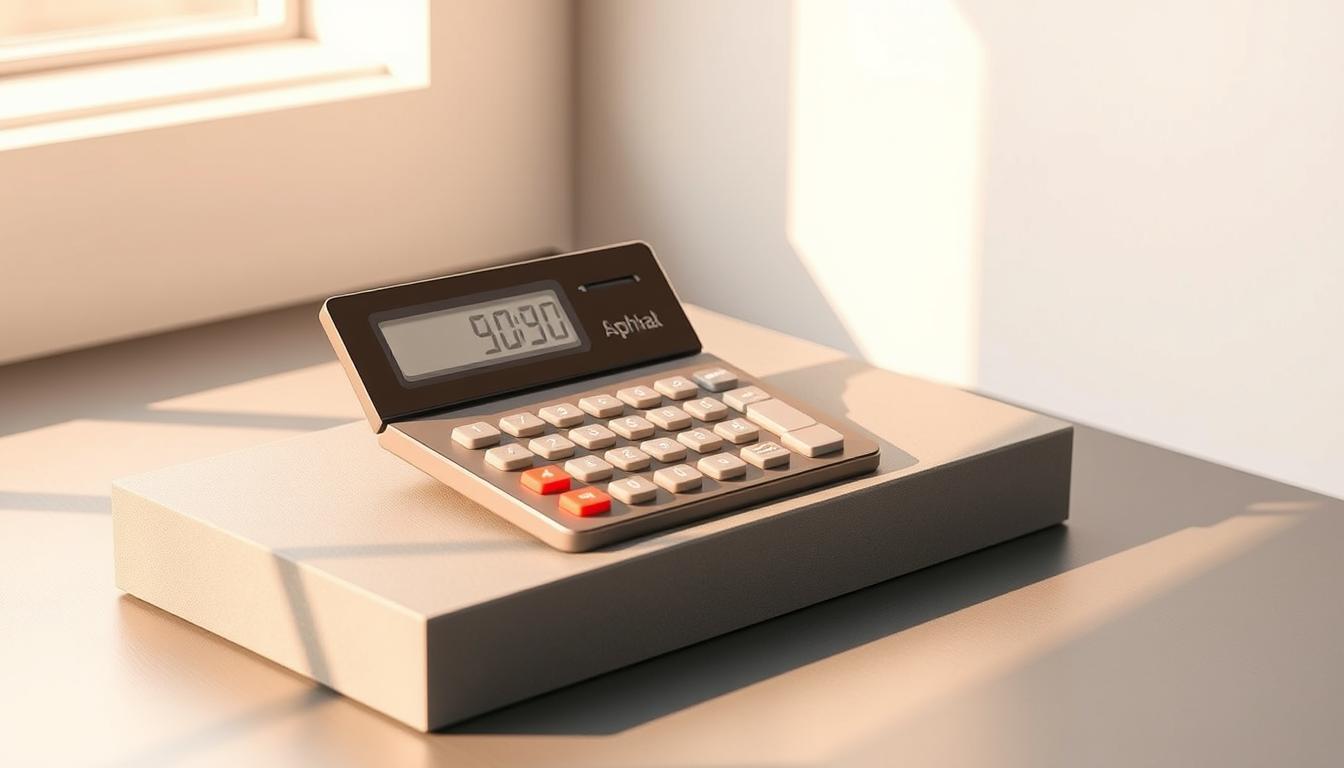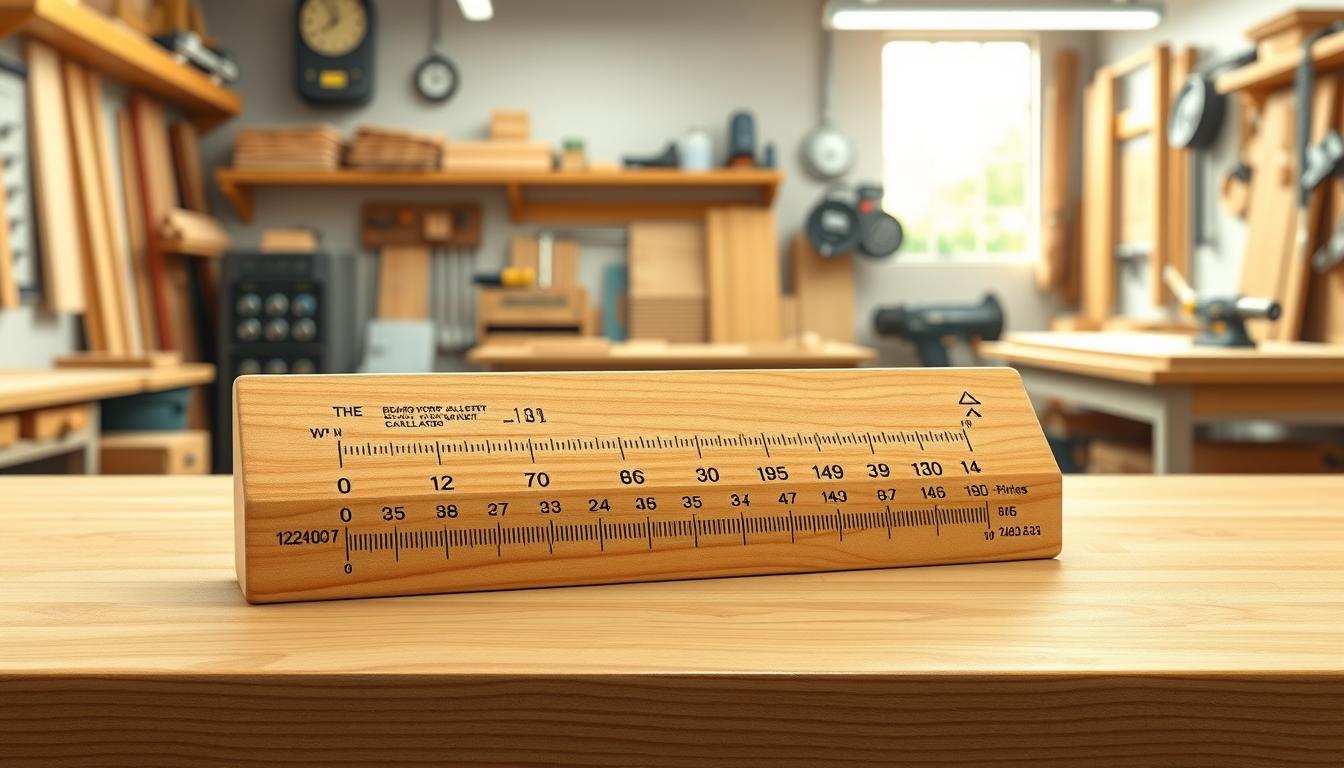When I work on projects with metal plates, knowing the weight is key. The MS Plate Weight Calculator helps me get it right. It makes it easy to figure out the weight based on size and material.
This tool is a big help in my work. It lets me plan better and manage costs. Using the metal plate weight formula helps keep my projects on track and safe.

MS Plate Weight Calculator
📊 MS Plate Weight Calculator
Calculate steel weight in seconds! ⚡
📊 Results
Single Plate: 0 kg
Total Weight: 0 kg
💡 "Precision in measurement saves time & money!"
Understanding the Importance of Plate Weight Calculation
Knowing the weight of steel plates is key in construction and manufacturing. It helps me plan better, making sure I have the right resources and budget. The steel plate weight calculation formula is precise, which is good for project timelines and budgeting.
The Role of Weight in Project Planning
Understanding the weight of materials like MS plates is essential in planning. It affects how we transport and lift materials. By using plate weight calculation, I can make better choices, improving operations and reducing delays.
How Weight Affects Material Costs
Weight impacts material costs in several ways. The price of steel is often based on weight, so heavier plates cost more. Shipping costs also depend on the weight of materials. Using the steel plate weight calculation formula helps me predict these costs, keeping my budget in check.
| Weight Class (kg) | Estimated Cost (£) | Shipping Cost (£) |
| 100 | 200 | 50 |
| 200 | 400 | 100 |
| 300 | 600 | 150 |
| 400 | 800 | 200 |
Understanding how weight affects costs helps me negotiate better with suppliers. It also improves my budgeting, keeping projects financially sound and efficient.
What is an MS Plate Weight Calculator?
An MS Plate Weight Calculator is a key tool for those who work with mild steel plates. It makes it easy to figure out the weight of these important parts. Mild steel plates, or MS plates, are used a lot in construction and making things.
The Definition of MS Plates
MS plates are flat sheets made of mild steel. They are strong, last a long time, and can be used in many ways. This material is great for making things like bridges, buildings, and machines. Knowing what an MS plate is helps us see why knowing its weight is important.
Getting the weight right can affect how things are designed, moved, and cost. It’s a big deal in projects.
Key Features of an MS Plate Weight Calculator
When you use an MS plate weight calculator, you get some important features. These make it easy and accurate to use. Here’s what you can expect:
- A simple interface that makes it easy to calculate.
- The ability to enter dimensions like length, width, and thickness.
- An integrated density measurement for accurate weight results.
This tool helps make engineering projects more accurate. It’s a big help for professionals in the field.
How to Use an MS Plate Weight Calculator
Learning to use a weight of ms plate calculator makes planning your project easier. It helps figure out the weight of different steel plates. By following a clear method, you get accurate and reliable results.
Step-by-Step Instructions for Effective Use
To calculate plate weight online, start by collecting key information about your plate. You need to know its dimensions: length, width, and thickness. Here’s how to do it:
- Enter the length of the plate in millimeters or inches.
- Input the width, making sure it’s in the same unit as the length.
- Provide the thickness, keeping the same unit as before.
- Select the right density for mild steel, usually around 7.85 g/cm³.
- Then, click the calculate button. You’ll see the weight, helping you move forward with your project.
Common Mistakes to Avoid When Using the Calculator
Using the weight of ms plate calculator is easy, but there are traps to avoid:
- Misreading the dimensions can lead to wrong inputs.
- Using different measurement units can mess up the accuracy.
- Not checking the material’s density can give you wrong results.
Knowing these common mistakes helps you avoid them. This makes your calculations more precise, improving your project’s efficiency.
Steel Plate Weight Calculation Formula
Knowing how to calculate the weight of a steel plate is vital for metalworking and construction. This formula helps figure out a steel plate’s weight accurately. It’s important for planning projects and knowing the cost of materials. The basic formula is: Weight = Length × Width × Thickness × Density. Each part is key to getting the right weight.
The Formula Explained: Dimensions and Density
The weight of a steel plate depends on its size—length, width, and thickness. For example, a plate that’s 1000 mm long, 2000 mm wide, and 10 mm thick, with steel’s density, gives a clear weight. Steel’s density is about 7.85 g/cm³. This must be adjusted to match the units of the dimensions. So, the formula is a must-have tool.
Example Calculations Using the Formula
Let’s look at a real example. For a standard MS plate that’s 1000 mm × 2000 mm × 10 mm, the math is simple:
| Dimension | Measurement |
| Length (mm) | 1000 |
| Width (mm) | 2000 |
| Thickness (mm) | 10 |
| Density (g/cm³) | 7.85 |
| Weight (kg) | 157 |
This example shows how the formula works well. It gives accurate weights for making smart decisions in any project.
Comparing Different Weight Calculation Tools
When figuring out the weight of MS plates, comparing methods helps a lot. It’s key to know the differences between online tools and doing it by hand. Each method has its own strengths and weaknesses, so picking the right one is important.
Pros and Cons of Online Calculators versus Manual Calculations
Online calculators for MS plate weight give quick answers. They are easy to use and fast, which is great for those in a hurry. These tools have gotten better, allowing for precise inputs for different plates. But, they might not handle special cases well.
On the other hand, doing it by hand takes more time and effort. It requires knowing the formula well and being careful. But, it helps you understand the basics better.
Popular Weight Calculation Tools Reviewed
There are many tools for calculating weight. Here’s a quick look at some popular ones:
| Tool Name | Type | Key Features | Best For |
| MS Plate Weight Calculator | Online Calculator | Fast results, user-friendly interface | Quick weight estimations |
| CalcTool | Online Calculator | Varied calculations available, extensive | Diverse material calculations |
| Manual Calculation Guide | Manual Calculations | Detailed step-by-step process | Learning the calculations |
| Steel Plate Weight App | Mobile App | Portable, quick access | On-the-go calculations |
This variety lets me choose the best tool for my needs. Whether I prefer quick online tools or detailed manual methods, I pick based on my project and personal style.
Metal Plate Weight Formula Explained
The metal plate weight formula is key in many fields. It helps professionals figure out the weight of metal plates. This is vital for planning projects.
Knowing the formula is important. It involves length, width, thickness, and density. These parts help in making accurate calculations.
Understanding the Components of the Metal Plate Weight Formula
Every part of the formula is important. Length and width show the surface area. Thickness tells us the volume of material.
Density shows the mass per unit volume. It affects the total weight. This formula is simple but powerful. It helps us understand the weight and practical use of MS plates.
Applications in Different Industries
MS plates are used in many industries. In construction, knowing the weight is key for strong buildings. This is true for big projects like bridges or tall buildings.
In the car industry, metal weight affects fuel use and safety. Aerospace also uses this formula. It ensures planes perform well and meet weight rules.

metal plate weight formula
Calculate Plate Weight Online
In today’s fast world, knowing how to calculate plate weight online is key. Online tools make this process quick and easy. They let me enter dimensions and get accurate weights fast, boosting my work and saving time.
Benefits of Online Weight Calculation Tools
Online weight tools bring many benefits. Some main advantages are:
- Instant Results: I get answers right away, no need for manual math.
- Accessibility: These tools are always there, ready to use on any device.
- User-Friendly Interfaces: They’re easy to use, making it simple to find what I need.
- Accuracy: Online tools cut down on mistakes, giving me precise weights.
Top Websites for Online MS Plate Weight Calculation
There are many trusted sites for online plate weight calculations. Here are some top ones:
- OnlineConversion.com: It has a simple design for calculating weights, including MS plates.
- CalculatorSoup.com: It offers a user-friendly metal plate weight calculator.
- EngineeringToolBox.com: This site gives detailed weight calculations and more engineering tools.
Weight of MS Plate Calculator Features
Weight of MS plate calculators have features that make them easy to use. They have a simple interface that helps you measure accurately. You can quickly enter dimensions, making the whole process faster.
User-Friendly Interface for Accurate Measurements
These calculators guide you step by step. They help you avoid mistakes, giving you exact weights. You can also save or export results for easier project management.
Integration with Other Tools and Software
Another great feature is how these calculators work with other software. They connect with CAD programs and more, making planning easier. This helps keep projects running smoothly and boosts productivity.

weight of ms plate calculator
Plate Weight Calculation Formula Simplified
Making the plate weight formula easier to use is key for those working with metal plates. By breaking it down into simple steps, I can quickly enter the needed dimensions. This helps me see how each dimension affects the total weight.
This makes the whole process clearer and more accessible.
Breaking Down the Formula into Simple Steps
The formula for calculating plate weight is straightforward. It involves length, width, and thickness. Here’s how to use them:
- First, figure out the plate’s dimensions (length, width, and thickness).
- Then, change these measurements to the same units, like centimeters or inches.
- Next, find out the metal’s density, usually in grams per cubic centimeter or pounds per cubic inch.
- Lastly, use the formula: Weight = Length × Width × Thickness × Density.
This step-by-step guide helps me calculate with confidence and precision.
Practical Applications of the Simplified Formula
Knowing how to calculate plate weight has many uses. In construction, it helps ensure structures can handle their loads, avoiding failures. In manufacturing, it helps make sure parts meet quality standards, keeping products safe and reliable.
This skill is essential in fields like structural engineering and automotive manufacturing.
Understanding Plate Weight in KG Formula
Knowing the plate weight in kg formula is key in many fields, like international projects. It helps follow safety rules and makes moving things easier. The math behind it is simple, making quick weight checks possible.
How to Convert Plate Weight Measurements
To change grams to kilograms, I just multiply by 0.001. To switch it back, I multiply by 1000. This easy trick helps with many tasks. Here are some examples to show how it works:
| Weight in Grams | Converted Weight in Kilograms |
| 1000 g | 1 kg |
| 2500 g | 2.5 kg |
| 5000 g | 5 kg |
| 7500 g | 7.5 kg |
Real-Life Examples of Weight Conversion in Projects
In my work, getting the weight right is critical, like in engineering projects. For example, when packing cargo for shipping, knowing the plate weight helps keep the truck within legal limits. This avoids fines for too much weight. Knowing how to convert weights makes work smoother in many areas.

plate weight in kg formula
Conclusion
Reflecting on the MS Plate Weight Calculator, its importance is clear. It helps in planning projects more efficiently. By understanding how to calculate steel plate weight, I make better decisions about materials.
This knowledge leads to smoother project execution, regardless of the project’s size. It’s all about making informed choices.
Knowing how to calculate the weight of MS plates helps me estimate costs and logistics better. Whether I use an online calculator or do it manually, it’s key for success. This skill boosts productivity and strengthens my project management.
In summary, the MS Plate Weight Calculator is a must-have for anyone working with steel plates. It helps me stay proactive and prepared for every project. With accurate data and careful planning, I ensure my projects succeed.
FAQ
What is an MS Plate Weight Calculator?
An MS Plate Weight Calculator is a tool to find the weight of mild steel plates. It uses the plate’s size and density. It’s great for planning construction or manufacturing projects.
How do I calculate the weight of a steel plate?
To find a steel plate’s weight, use the formula: Weight = Length × Width × Thickness × Density. For mild steel, the density is about 7.85 g/cm³. Just enter the dimensions into an online calculator to get the weight.
What are the common mistakes to avoid when using a plate weight calculator?
Don’t misread dimensions or use different units. Also, make sure to check the material’s density. These mistakes can lead to wrong weight estimates.
Why is knowing the weight of metal plates important?
Knowing the weight of metal plates helps with budgeting and material planning. It ensures you have the right amount of materials. It also affects shipping costs.
Can I calculate plate weight online?
Yes, you can use online tools to calculate plate weight. Websites offer easy-to-use calculators. This makes it simple to find the weight of MS plates from your device.
What features should I look for in an MS plate weight calculator?
Look for a user-friendly interface and accurate dimension entry. Also, check for integration with other tools and the ability to save or export results. These features help in project planning.
How do I convert plate weight measurements into kilograms?
To convert grams to kilograms, multiply by 0.001. To convert kilograms to grams, multiply by 1000. This is important for projects using metric measurements.
What applications utilize the metal plate weight formula?
The formula is used in construction, automotive, and aerospace. It helps determine material needs for various projects. This ensures weight specifications are met for safety and compliance.








